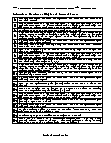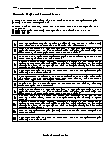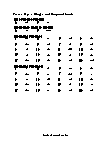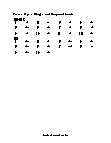Single Compound Events Worksheets
What are Single Compound Events? Compound probability is defined as the chances of occurrences of two independent events. Compound probability is expressed as the product of the likelihood of the first event into the probability of the second event. One of the most basic examples of compound probability is of flipping a coin twice. In a coin flip, the chances of getting a head are 50 percent, and the chances of getting a tail are also 50 percent. However, getting a head or tail twice in a row will be 0.25 or 0.50 x 0.50. compound probability is the combination of two simple events to achieve a compound event. The probability that coin will give you heads when tossed once is the simple event. Compound event is divided into two types, namely, mutually inclusive events, and mutually exclusive events. Mutually inclusive compound events are those when one event cannot happen with the other. That means if two events A and B are mutually inclusive, then the probability that either A or B occurs is the sum of their probabilities minus the likelihood of both events taking place together. Mutually exclusive compound events are when two events cannot happen at the same time. If two events A and B are mutually exclusive, then the probability that A or B occurs is the sum of their probabilities. For mutually inclusive events, we can write: P (A or B) = P(A) + P (B) – P(A and B). For mutually exclusive events, we can write: P(A or B) = P(A) + P(B).
-
Basic Lesson
Guides students through the beginner skills of Single Compound Events. How many different three-digit numerals can be written using all of the following four digits: 1, 2, 3, 4.
View worksheet -
Intermediate Lesson
Demonstrates how to use advanced skills to tackle Single Compound Events problems. Lisa can order one of 2 different cold drinks and one of 7 different ice-creams. How many combinations are there for her?
View worksheet -
Independent Practice 1
A really great activity for allowing students to understand the concepts of the Single Compound Events. A spinner contains eight regions, numbered 1 through 5. The arrow has an equally likely chance of landing on any of the eight regions. If the arrow lands on the line, it is spun again. What is the probability that the arrow lands on an odd number?
View worksheet -
Independent Practice 2
Students use Single Compound Events in 20 assorted problems. The answers can be found below. A store has 4 kinds of trousers in all 12 colors and in 6 sizes, how many different trousers can one buy?
View worksheet -
Homework Worksheet
Students are provided with 12 problems to achieve the concepts of Single Compound Events.
View worksheet
Bernard de Fontenelle
A work of morality, politics, criticism will be more elegant, other things being equal, if it is shaped by the hand of geometry.







